Do you have grapheme-color synesthesia?
May 24, 2021
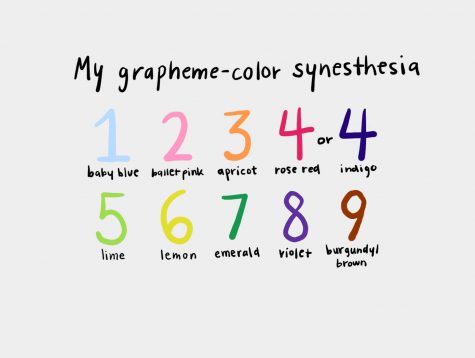
Do you associate certain colors with words, letters, numbers, days of the week, months or even class subjects? When you think of the month December, what color pops into your head? What about math? If you have an answer to those questions, you might have grapheme-color synesthesia, like me.
Synesthesia is a neuropsychological trait where the stimulation of one sense causes the automatic experience of another sense. Grapheme-color synesthesia is a form of synesthesia, which means an individual’s perception of numbers and letters is associated with the experience of colors. These associations are involuntary, consistent and memorable.
Since I was young, I’ve formed relationships between numbers and colors. Numbers would have unique personalities, ages and genders in my mind. I would ask my friends, “We can all agree that the number five is green, right?” I was, in turn, met with confused looks.
Then one day, I discovered that many others have their own color associations like mine. I took a few online tests and diagnosed myself with the neurological condition, as there is currently no clinical diagnosis for synesthesia.
I heard about different forms of synesthesia in fictional books, but I hadn’t realized it was a very real and fairly common phenomenon. I also didn’t realize that I had it. The experience of involuntary associations was something that was so normal to me. I assumed everyone processed the world just the same as I did.
It is estimated that synesthesia occurs in around four percent of people, with nine identified variations. The grapheme-color synesthesia variation appears in around two percent of people.
As I have met other synesthetes and realized that some of my friends also have grapheme-color synesthesia, I have been able to compare my experience to theirs. One of the most fascinating parts of the condition is that individuals with grapheme-color synesthesia have a unique code of color associations.
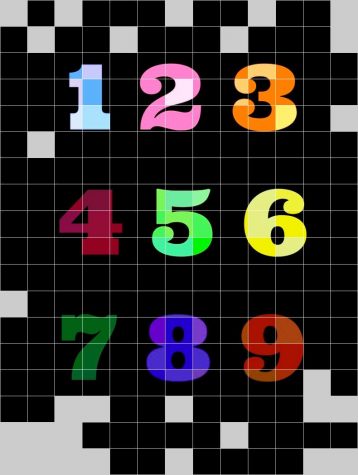
Often when comparing mine with others, it incites a great deal of frustration on both sides when our color associations don’t match up. I get irritated when I see a number, letter or word represented in the wrong color. For instance, seeing a number eight in the color yellow would probably make me gag. My friends have reported having similar reactions.
However, occasionally I talk to people who have a nearly identical color code to mine. While different individuals usually do not report the same colors for all letters and numbers, studies with large numbers of synesthetes find some commonalities across letters. For instance, the letter “A” is likely to be associated with red.
After discovering my unique ability, I wondered how I could use the condition to my advantage. Several researchers have shown that synesthetes can perform better on certain tests of memory and intelligence. For instance, someone with grapheme-color synesthesia is likely to perform higher on vocab tests due to their association of colors and letters.
Synesthetes may also show heightened creativity and ability to graph abstract concepts as a result of being able to form meaningful associations between different stimuli. Multiple studies have shown an increased rate of grapheme-color synesthesia in artistic schools, from seven percent to up to 23 percent.
Although synesthesia appears to be rare, this could be due to a lack of awareness of the condition. If you relate to any of my experiences, I recommend looking into it further and taking online diagnosis tests. You might discover something new about the way your mind functions.




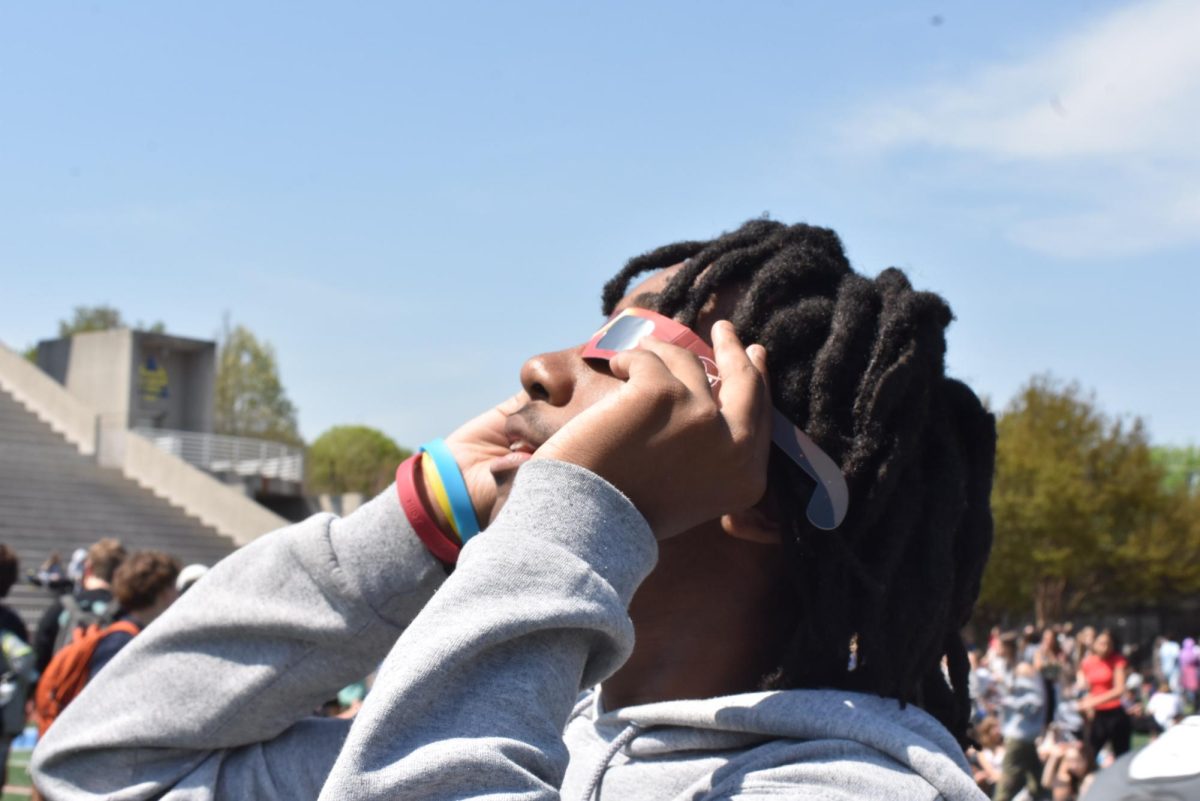
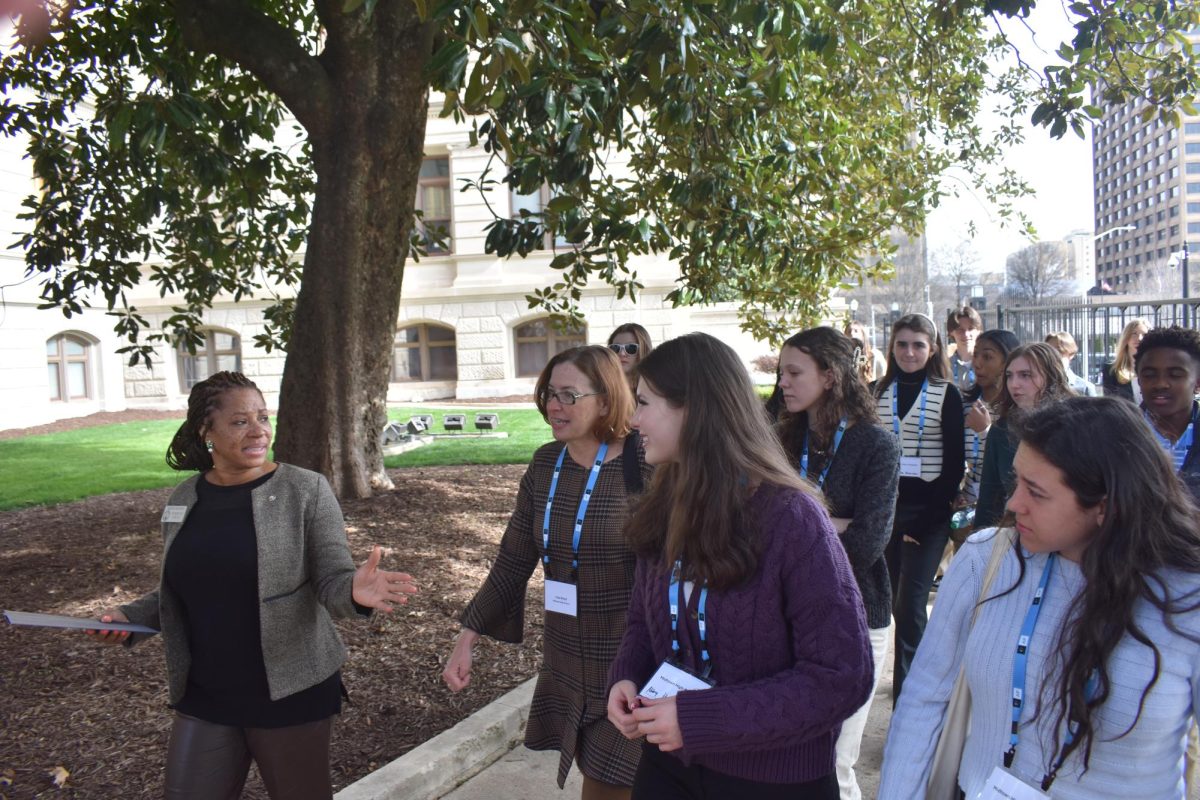
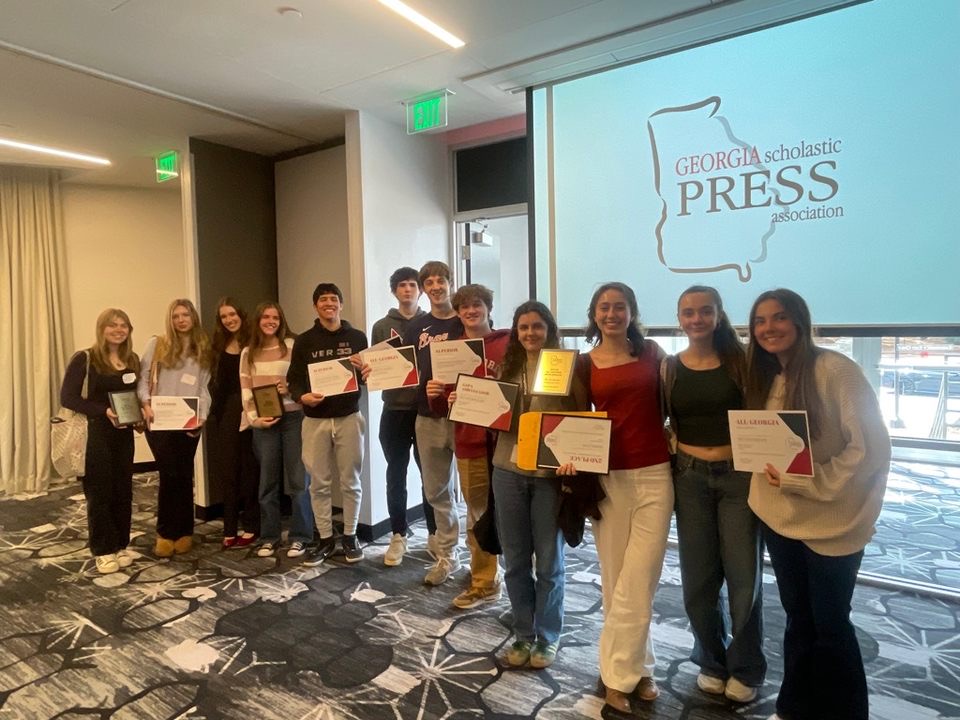
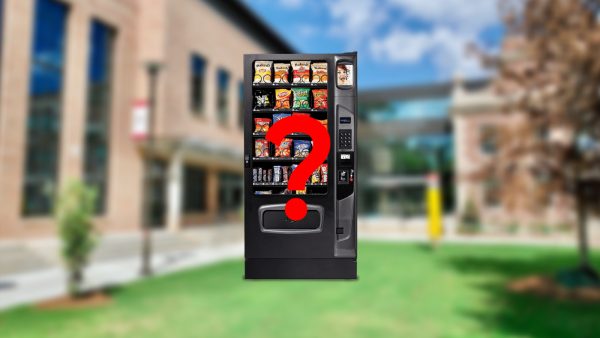
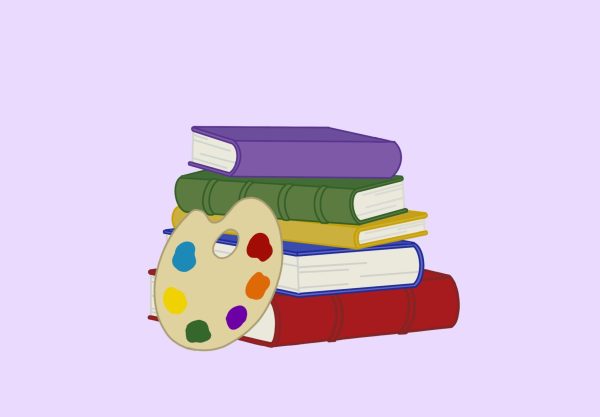
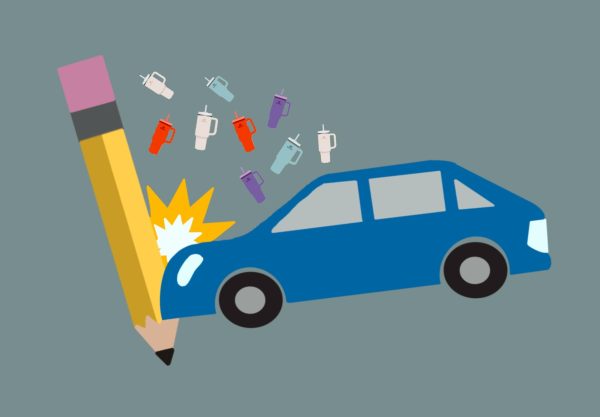
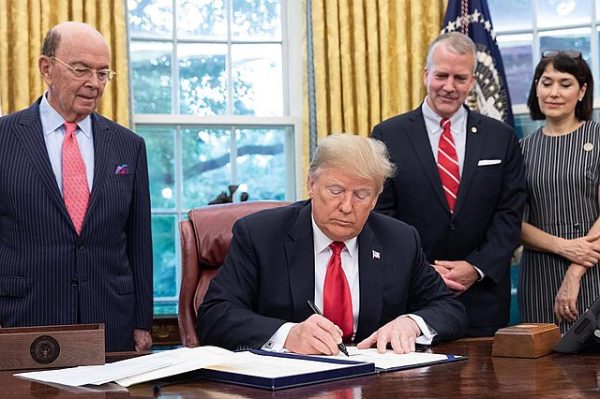
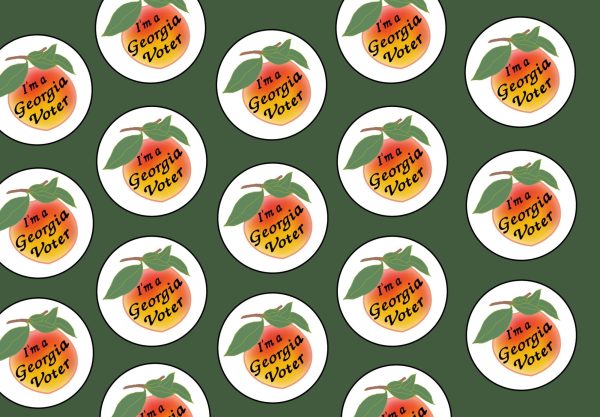

Erica • Feb 19, 2024 at 12:58 pm
Yes, I have had this my whole life!